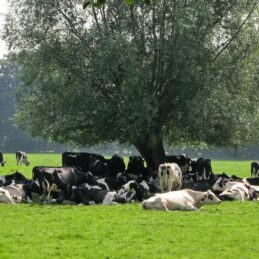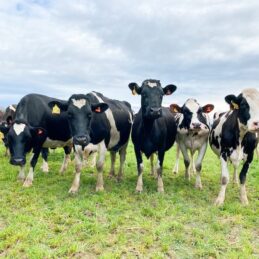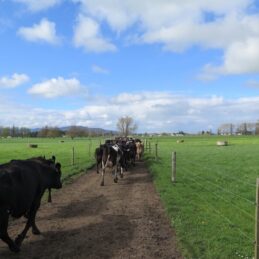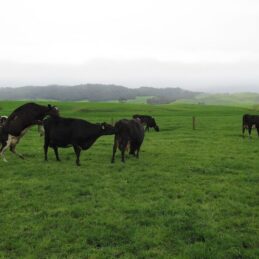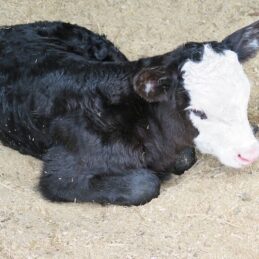The dry period in dairy cows represents a critical phase with significant implications for overall herd health and productivity. While dairy cows experience their lowest dry matter requirements during the dry period, with dry matter intake (DMI) ranging from 2.6% to 2.2% of live weight (LWT), it is one of the most important diets to get right. This phase acts as a critical resting period, allowing for the development of new secretory cells and rumen regeneration, positively influencing reproduction, production, and mastitis management.

Optimising Body Condition Score (BCS)
Striking a balance between maximizing production and preserving BCS in late lactation is imperative for long-term herd health and productivity.
Research1 has shown that manipulating BCS is more effective while cows are still milking. For example, a 400kg cow in milk requires 140kgDM to gain 1 BCS compared to 200kgDM when dry, a substantial cost saving when multiplied over the whole herd.
Ensuring cows are dried off optimally and maintaining BCS over the dry period is crucial. It is well known that under, or over-conditioned cows face increased risks of metabolic diseases and compromised immune function. DairyNZ’s InCalf program has shown that cows calving in the BCS range of 4.5–5.5 exhibit higher in-calf rates and that each additional condition score at calving can significantly increase lactation yield.
Nutritech, utilising the “What-if” function on DietCheck®, can assist in calculating the most cost-effective approach to gaining body condition in late lactation, helping you to achieve your goals without blowing your budget.
Udder health and production impact
Udder regeneration is a critical aspect of dry cow management, directly influencing the subsequent season’s production. Inadequate dry periods (<40 days) and heat stress during this phase can lead to decreased milk production in the following lactation, attributed to the inability to lay down new secretory cells.Mastitis incurs substantial costs for the industry, estimated at 180 billion per year. Nutritional management of dry and transition cows and pathogen reduction in the cow's environment are critical preventive measures. Strategies such as promoting rapid involution, leveraging lactoferrin's antibacterial properties, enhancing white blood cell activity, and facilitating keratin plug formation with a comprehensive dry cow mineral programme are essential.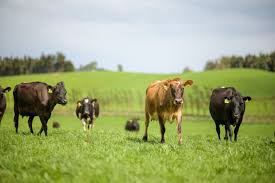
Optimal nutrition at drying off and the springer period are critical mastitis prevention measures.
Nutritional Management
The holistic management of dairy herds during the dry period encompasses various facets, including nutritional strategies that play a pivotal role in udder health, immune response, and overall herd productivity. These include vitamins and minerals that assist in maintaining udder health and immunity.
Epithelial health: Protein, vitamin A and zinc all significantly influence epithelial health, directly impacting the physical defence barriers of the udder. Ensuring an adequate supply of these elements is essential for maintaining the integrity of the udder’s protective layers.
Smooth muscle teat sphincter integrity: The protein and calcium of the cow influence the integrity of the smooth muscle teat sphincter. A balanced nutritional profile that addresses these components is crucial for preserving the functionality of this vital anatomical structure.
Keratin plug quality: The quality and quantity of the keratin plug, a key element in preventing mastitis, may be influenced by the nutritional composition of the cow’s diet. Adequate protein, zinc, and vitamin A levels are essential for optimal keratin plug formation and functionality.
In addition to helping provide a physical barrier to pathogens, nutritional strategies can help to modulate the immune response, particularly during inflammation and swelling. A well-balanced diet can contribute to an effective immune response, thereby mitigating the risk of infections.
Defence mechanisms: White blood cells generate free radicals as part of their mechanism to eliminate pathogens. However, a fully functioning oxidant defence system is imperative to prevent damage to the white blood cells. Nutritional elements only available through Nutritech as Superoxide Dismutase (SOD) found in MeloFeed® and antioxidants such as Alkosel® selenium yeast and Vitamin E support the defence mechanism that is critical for maintaining a robust immune system.
Influence on white blood cells: White blood cells, integral to the immune response, are influenced by various nutrients. Copper, zinc, selenium and vitamins A and E play crucial roles in supporting the functionality of white blood cells, ensuring an effective defence against pathogens.
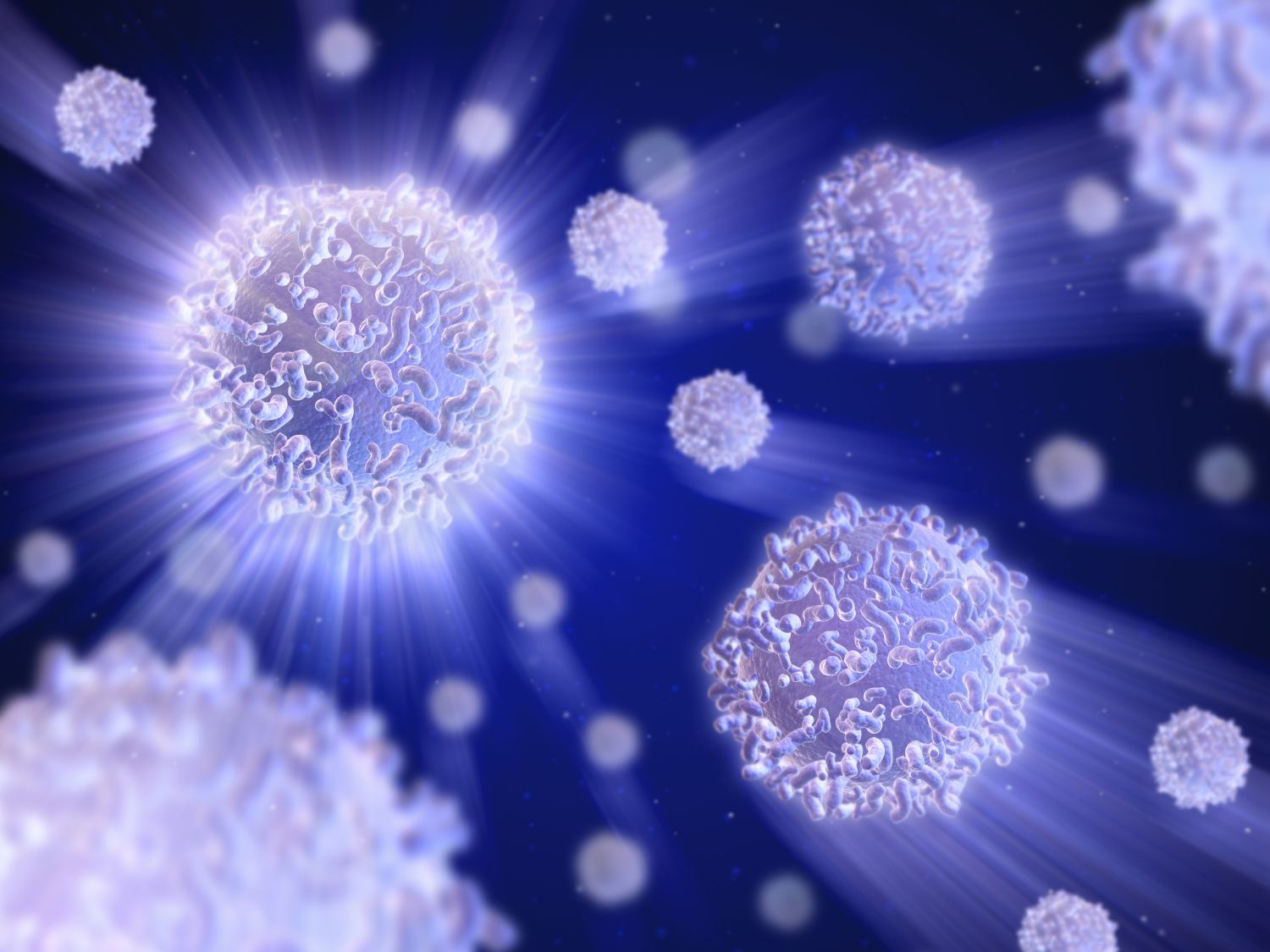
White blood cells need protection from their own killing power.
Integrating nutritional management
Incorporating these small elements into the overall dry cow management plan is essential for achieving optimal udder health, preventing mastitis, and enhancing the immune response. Talk to your Nutritech Area Manager about how best to set your cows up for optimal health and profitability next season.
- DairyNZ FarmFact.

